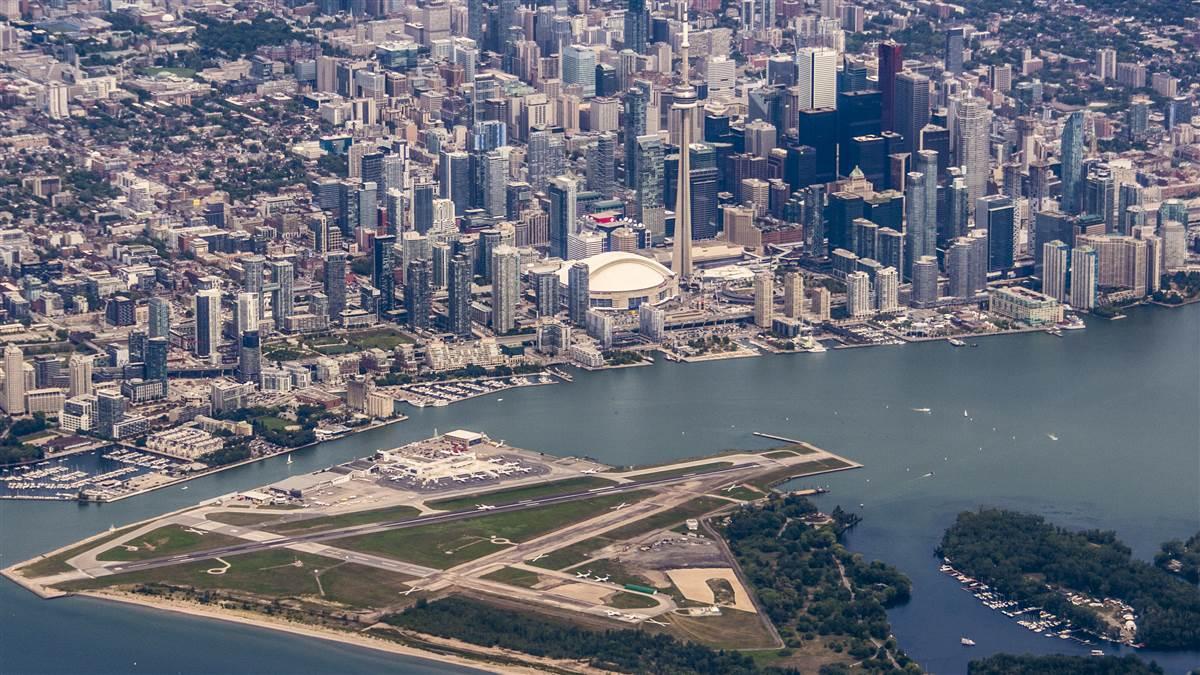Flying Carpet: O, Canada
Crossing borders takes a little planning

Canada! Consider your feelings when flying into a new-to-you state. Now make that destination Canada, Mexico, or the Caribbean—and you’ve got one memorable trip. This would be our first foreign border crossing by private aircraft since 9/11, and security procedures would accordingly be more complicated and stringent than before. I might have waited too long to start planning, if not for chatting a month before the trip with pilot Mark Harris who routinely flies into Mexico.
“Don’t linger ordering your customs decal, and enrolling in the eAPIS program you’ll need when crossing the border,” he counseled. “Those can take time.” Immediately, I tapped into AOPA’s “Flying to Canada” web resources (www.aopa.org/go-fly/destinations/international-travel/canada), and began submitting the requisite applications.
Every aircraft crossing U.S. borders must have a current Department of Homeland Security Customs and Border Protection (CPB) decal. These annual stickers cost $27.50, and can take several weeks to receive. In addition, pilots must file crew, passenger, aircraft, and itinerary information in advance for each crossing via CPB’s Electronic Advance Passenger Information System (eAPIS) website. Individual trip manifests can be filed as little as an hour before takeoff; however, the required preregistration can take up to a week for email confirmation.
I’d also need a restricted radiotelephone operator’s permit for international travel, and a radio station license for the Flying Carpet. Canadian charts and GPS navigator database are, of course, required, as well as an aircraft insurance certificate. Nonaviation planning included current passports, international cellphone and data service, informing our credit card issuers, and medical insurance coverage.
I next phoned the Canadian customs office at our small-town destination. They welcomed our visit, but, being a satellite facility, requested several days’ arrival notice. We all know the challenges of flight planning days in advance. I asked pilot examiner Jason Blair, who frequently flies into Canada, about implications of weather or mechanical issues delaying or diverting our four-hour flight from Detroit. He recommended clearing customs only at full-time ports of entry.
“That way, if you get delayed,” he said, “you don’t have aggravated customs officials waiting for you, or worse yet, find out they left before you landed.” Ultimately, we chose to clear customs just across from Detroit in Windsor, Ontario, allowing total flight flexibility as we continued into Canada.
Such planning was long completed when we landed at Detroit’s Oakland-Troy Airport following the Chicago wedding, en route to Canada. I panicked that evening when I couldn’t log in to file the eAPIS manifest, but realized my error the next morning and successfully completed the task. It took some effort to file our first eAPIS manifest, which required passport information, our aircraft customs sticker number, and nearest ports of entry. After filing this first one, however, I could see they’d be easier in the future. Within minutes, I received and printed my U.S. Customs clearance email. Then I phoned Canada Border Services Agency’s CANPASS number to make our arrival reservation. Canada, here we come!
We launched on an instrument flight plan, and minutes later shot an ILS approach into Windsor, Ontario, where courteous officials reviewed our paperwork and sent us on our way. As it so often is with piloting, thorough planning and organized paperwork made for a quick and easy experience.
Frankly, we had no sense of crossing the border until calculating fuel prices in Canadian dollars per liter, and tracking down the regional Flight Information Centre phone number to file our next flight plan—required for all flights in Canada. With customs cleared and fuel tanks filled, we launched northeastward across Ontario.
“Can you accept vectors around Toronto via the lakeshore?” asked a courteous Toronto Center controller an hour after takeoff.
“Heck, yeah!” I replied. Well, maybe those weren’t my exact words, but that’s what I was thinking. For the first time all that research and planning seemed worthwhile, as we savored Toronto’s legendary skyline from over Lake Erie, and weather and border worries melted away. Finally, this felt like vacation!
Yes, there are differences flying in Canada, but they’re minor. Canadian aircraft registrations contain all letters with no numbers. Frequencies are expressed “123 decimal 5,” versus “123 point 5.” Contact “Toronto Terminal” rather than “Toronto Approach.” Oh, and expect a Nav Canada user-fee bill when you get home. (Ours proved to be less than $12 U.S.) It was interesting to discover nearly as many U.S. airplanes flying around southern Ontario as Canadian ones, since it’s the most direct route between the Midwest and New England. (U.S. aircraft overflying Canada need not land or clear customs, but flight plans are required and it’s wise to carry passports in case of an unscheduled landing.)
The bottom line? Once the paperwork is completed, U.S. pilots will feel right at home flying most of Canada. Until reaching Quebec, that is….



